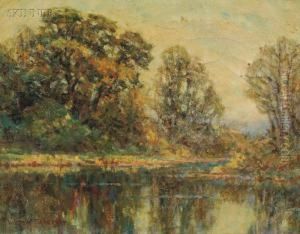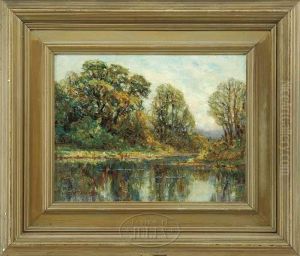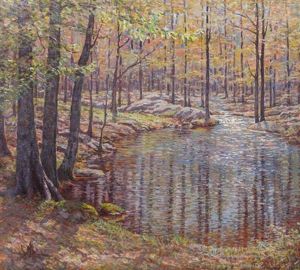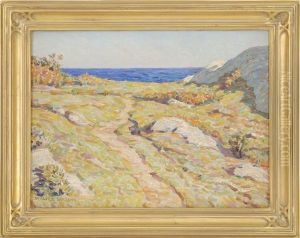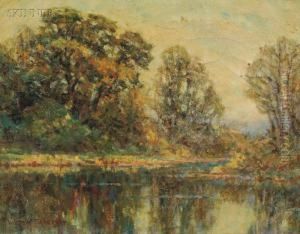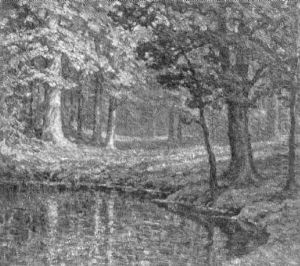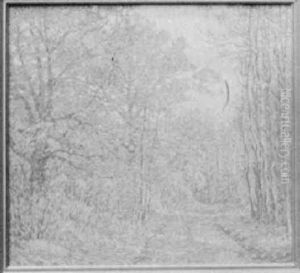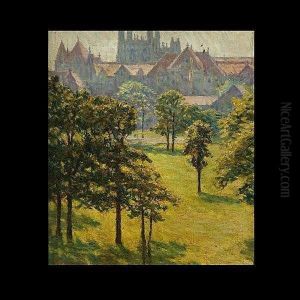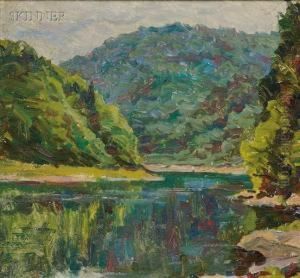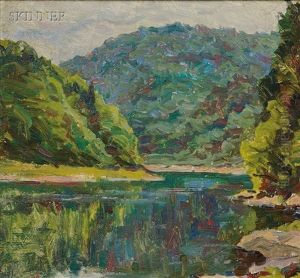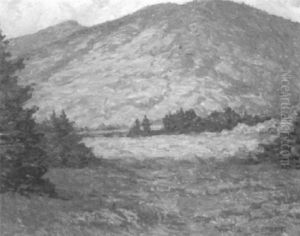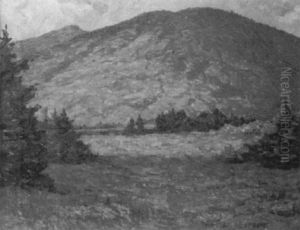Walter Sargent Paintings
Walter Sargent was an influential figure in art education rather than a renowned artist in the traditional sense. Born on April 6, 1868, in Brookline, Massachusetts, Sargent spent the majority of his career as an educator and advocate for the integration of art into general education.
Sargent graduated from Harvard University with a Bachelor of Arts degree in 1890 and went on to earn his Master of Arts from the same institution. His academic journey led him to become a professor at the University of Chicago, where he was a pioneer in the field of art education. He believed strongly that art played a crucial role in the development of the individual and the improvement of society.
Throughout his career, Sargent wrote extensively on the subject of art education, and his publications had a significant impact on the curriculum and teaching methods used in schools. His books, such as 'Fine and Industrial Arts in Elementary Schools' (1912) and 'Art in Education: An Investigation of the Arts in the American Elementary School' (1923), promoted the idea that art education should be based on children's development and their natural inclination towards creativity.
Walter Sargent's philosophy emphasized the importance of the creative process over technical skill alone and suggested that art education should encourage personal expression and cultural appreciation. He served as the President of the National Art Education Association and was an active member of various educational committees and organizations dedicated to the arts.
Sargent's influence extended beyond his writings and his role as an educator. He was involved in shaping art education policy and contributed to the broader discourse on the importance of the arts in society. His work helped to establish art as a fundamental component of a well-rounded education, laying the groundwork for future generations of art educators and students.
Walter Sargent passed away on March 21, 1956. His legacy is preserved in the many educators and institutions that continue to embrace his philosophy, implementing his ideas about the vital role of art in education and personal development.
